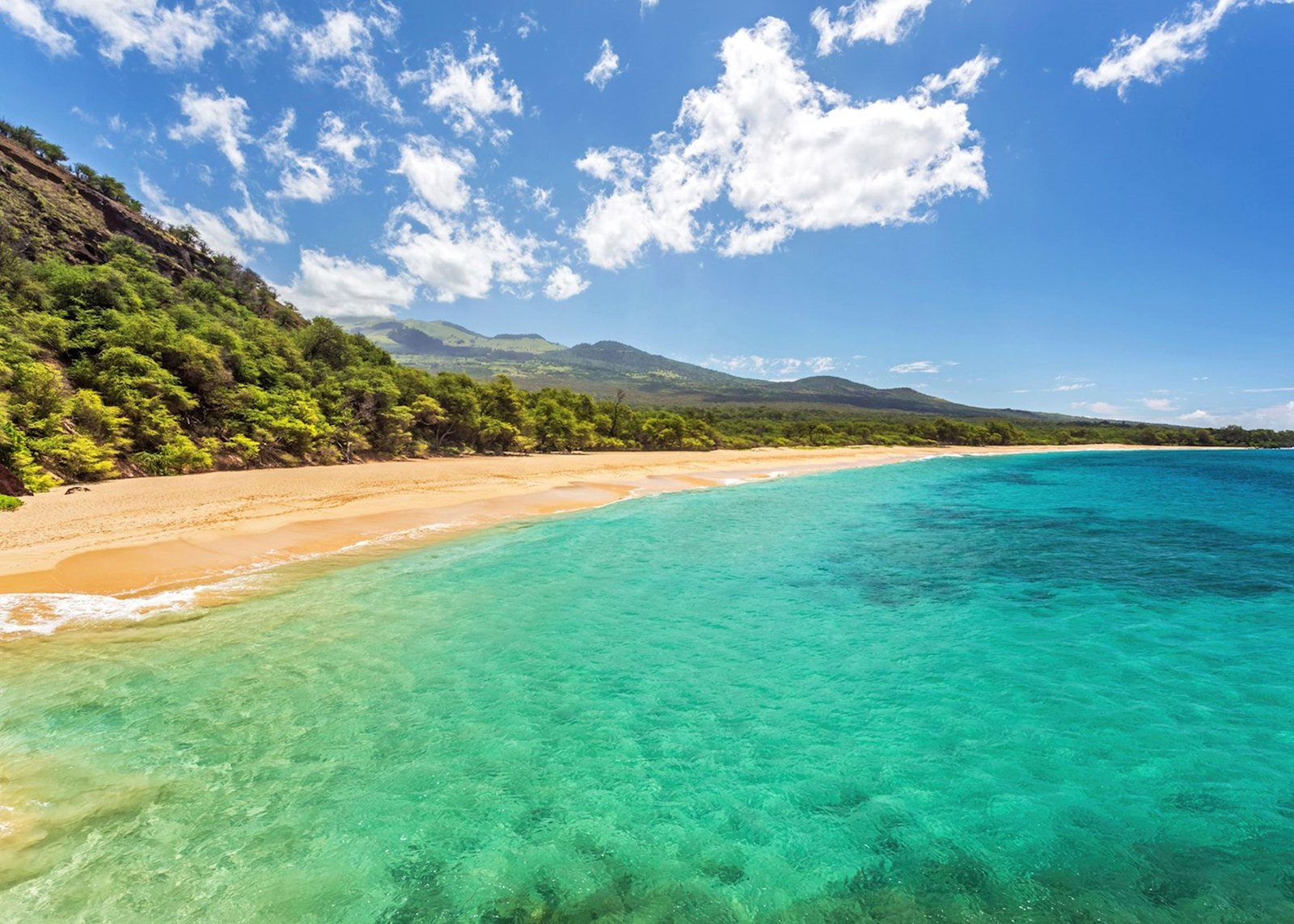Hawaii, with its breathtaking landscapes, vibrant culture, and idyllic beaches, is often thought of as a dream vacation destination. However, not every time of year offers the paradise experience travelers envision. Timing is crucial when planning a visit to the islands,and failing to choose wisely can lead to unexpected disappointments. Whether it’s crowded tourist spots, unpredictable weather, or astronomical prices during peak seasons, certain periods can turn your serene getaway into a stressful experience. Understanding the nuances of Hawaii’s travel seasons can help you avoid the pitfalls associated with popular travel times. By shedding light on when to steer clear of Hawaii, this article aims to equip you with the knowledge necessary to plan a truly memorable visit. Your dream Hawaiian escape is within reach, but a little foresight can go a long way in ensuring that your experience is as enchanting as the islands themselves. Let’s explore the times you may want to avoid to make the most of your Hawaiian adventure.
Understanding Hawaiis Weather Patterns and Peak Tourist Seasons
Hawaii’s weather is frequently enough celebrated for its tropical charm, but understanding its intricacies can profoundly impact your travel experience. The islands generally enjoy a warm climate year-round,with two main seasons: the dry season from April to October and the wet season from November to March.During the wet season,visitors should anticipate sporadic rain showers,particularly in lush regions like Kauai and Hilo. Additionally, local variations can create unique weather patterns across the islands. Below are critical aspects to consider:
- Rainfall Variability: Certain areas, such as the windward coasts, experience considerably higher rainfall compared to leeward zones. This means a trip to the North Shore of Oahu might differ dramatically from a visit to the sunny shores of Waikiki.
- Temperature Fluctuations: Even though temperatures remain mild, nights can be cooler, especially in higher elevations like Haleakalā and Mauna Kea. Be prepared with layers if you plan to explore these stunning locales.
- Humidity Levels: Humidity can be high, particularly during summer months, which may affect your comfort while engaging in outdoor activities.
Understanding peak tourist seasons is also vital. Hawaii generally sees its highest influx of visitors during:
| Period | Activity | Recommendation |
|---|---|---|
| Winter Holidays (Mid-December to Early January) | Festive events, family gatherings | Book accommodations well in advance to secure better rates. |
| Spring Break (March to April) | Beach activities, surfing events | Expect crowded beaches; early morning visits are ideal. |
| Summer Vacation (June to August) | Outdoor adventures, festivals | Consider exploring less popular islands to avoid crowds. |
By picking your travel dates mindfully, you can elevate your experience and enjoy what each island uniquely offers without the hindrance of overcrowded sights or unpredictable weather. With the insights shared by Gezify, you’re well-equipped to dodge the worst times for a Hawaiian adventure!
Navigating local Events and Holidays to Enhance Your Experience
Visiting Hawaii can be a transformative experience with its stunning landscapes and vibrant culture; however, timing plays a crucial role in maximizing your enjoyment. Understanding the local events and holidays is essential for avoiding crowds and inflated prices that often coincide with peak seasons.Here are a few considerations that can help you navigate this beautiful destination more effectively:
- Holiday Seasons: Be aware of major holidays like Christmas and New Year’s when local festivities and increased tourism can lead to packed attractions and pricey accommodations.
- spring Break: March and April attract lots of college students, resulting in busy beaches and higher prices for lodging. Consider visiting just before or after these months.
- Hula Festivals: Even though culturally enriching,these events can draw large crowds. If you’re not a fan of bustling spots, plan to avoid them or seek lesser-known locales during these times.
- Off-Peak Opportunities: Traveling during the shoulder seasons (late April to early June and September to early November) often means fewer tourists and better deals, allowing you to savor Hawaii’s beauty in a more relaxed surroundings.
For a clearer picture, consider the following table that lists popular holidays and events, along with their potential impact on your travel plans:
| Holiday/Event | Date | Impact on Travel |
|---|---|---|
| christmas | Dec 25 | High prices, large crowds |
| New Year’s | Jan 1 | Festive events, busy streets |
| Merrie Monarch Festival | April (dates vary) | Celebration of Hula, very crowded |
| Labor Day | First monday in Sept | Local events, moderate crowds |
Monitoring local happenings not onyl enriches your experience but can also save you from unexpected disappointments. On your next visit to Hawaii, consult platforms like Gezify for updated facts on events and travel tips, ensuring a fulfilling adventure tailored to your preferences.
while Hawaii is a dream destination for many, careful planning can greatly enhance your experience. By understanding the less favorable times to visit—such as peak rainy seasons or crowded holidays—you can avoid common pitfalls and disappointment. With a bit of foresight, you can enjoy the islands at their best, savoring the lush landscapes and vibrant culture without the hassle of uncooperative weather or overwhelming crowds. Whatever your travel dates may be, we hope you find the perfect time to create cherished memories in this tropical paradise. safe travels!
